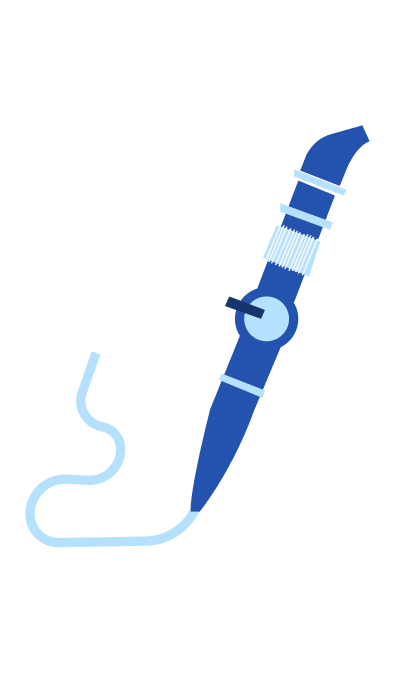Related topics for further reading
This chapter provides general information about TUIP for BPE. It is not a replacement for professional medical advice or treatment. Always consult your doctor or healthcare provider for guidance on your individual medical situation.
Last updated: September 2025
Reviewed by:
- Dr. Markos Karavitakis (Guideline Panel on Non-Neurogenic Male LUTS)
- Dr. Tarik Emre Şener (YAU Working Group Endourology & Urolithiasis)

